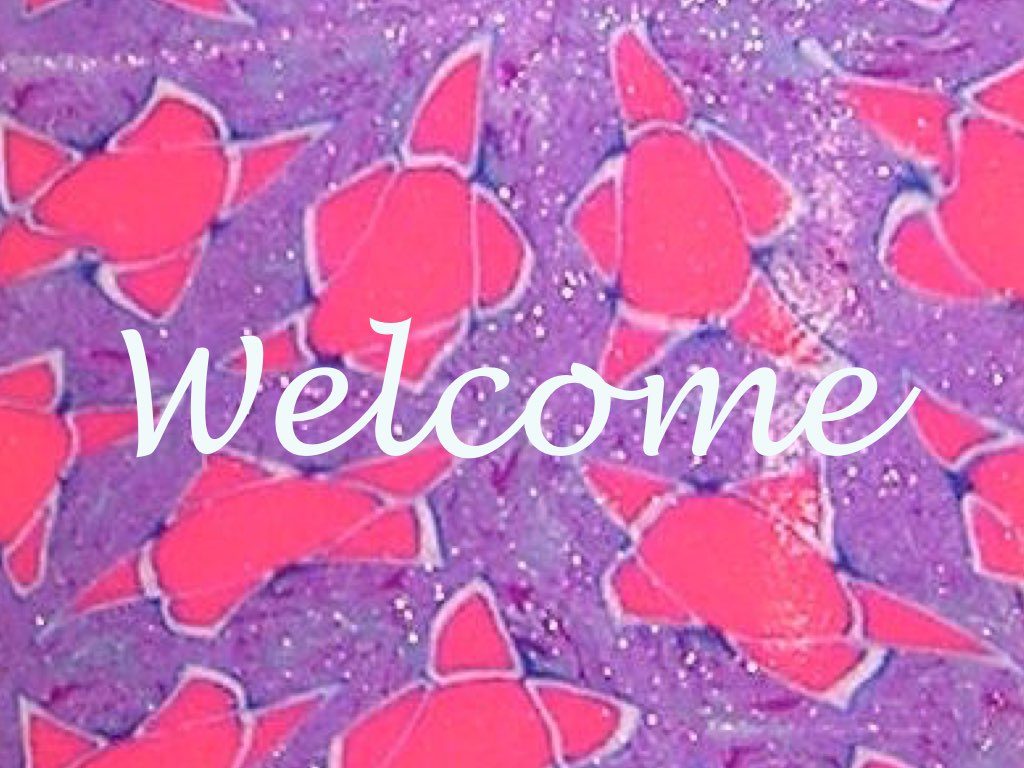
Early in the week, in response to my reflections and thoughts on resting in the moment, a friend sent me a copy of the Welcoming Prayer by Father Thomas Keating.
Welcome, welcome, welcome.
I welcome everything that comes to me today because I know that it is for my healing.
I welcome all thoughts, feelings, emotions, persons, situations, and conditions.
I let go of my desire for power and control.
I let go of my desire for affection, esteem, approval and pleasure,
I let go of my desire for survival and security.
I let go of my desire to change any situation, condition, person or myself.
I open to the love and presence of God and God’s action within.
Amen.
In Open Mind, Open Heart Thomas Keating, says that “If you can embrace the painful feeling, whatever it is, as if it were God, you are uniting yourself with God, because anything that has reality has God as its foundation.” He says, “I welcome everything that comes to me today because I know it’s for my healing.” (99) If you believe God is good then verbally welcoming the emotion God is giving you helps you recognize that it is there for your own good.
Merton’s prayer was developed by Mary Mrozowski of Contemplative Outreach into a spiritual exercise to help practitioners of centering prayer extend the effects of letting go into daily life by continually consenting to God moment by moment. The Welcoming Prayer is used to deepen one’s relationship with God by consenting to God’s healing presence and action in the ordinary activities of daily life. This is not a practice that I have used much but as I entered into the process this week I realized how helpful it can be for ongoing spiritual health.
Mary recognized that “the most difficult thing for us is to let go”. Even twenty minutes of centering prayer twice a day may not be enough. The welcoming practice gives us something for the other twenty-three hours of the day, “a method of how to let go into the activities of your daily life, to let go of emotions, feelings, commentaries, and thoughts that control us.”
When we let go of our emotions, feelings, and commentaries on them, Mary Mrozowski said, “they are changed by God, by the spirit that dwells within us.” Even more important, we ourselves are transformed over time, so that the energy we have previously expended on clinging to our own programs and protecting our false-self system is freed up to be used for God’s work.
Welcoming Prayer Method
1. Focus
Focus on the precise feelings, physical pains or other such sensations you are experiencing. Gently become aware of your body and your interior state. Identify your feelings. Even if a feeling is somewhat nonspecific, like anxiety about unknown concerns, you will still experience subtle physical sensations that you notice if you look for them.
Allow the feeling to sink in and really feel it. Don’t try to escape it or fight it. Stay with this process until you connect to the feeling on a physical level. Notice your body, how you are tense or anxious or hot or fidgety or lethargic. As with meditation, you are just observing the feeling, not trying to alter it.
2. Welcome
Saying “welcome, welcome, welcome” three times is one way to welcome the Holy Spirit in the feeling. Become aware of the specifics of your negative feelings – feelings and emotions, not problems and physical hardships. Welcome that “this too shall pass.” We are not welcoming illness or injustice but rather the feelings these evoke. This kind of welcome enables us to begin to deal with realities, to become more mature and in harmony with life.
Another way to welcome the feeling is to name it and say to yourself something like “welcome fear,” “welcome anger,” or “welcome” whatever other feeling you may have. By welcoming your physical and emotional reactions to events and situations in daily life you are surrendering to God’s presence and God’s action within your life.
Once you open to your inner experience, without indulging or feeding your reactive ego, your response to the outer world will be much clearer and more decisive. You can begin responding from a state of awareness instead of automatically ego reacting.
3. Let Go
“Let go and let God” handle life including this particular situation. Some people prefer “I cast my burden on the Christ within” or “relax and release.”
Mary Mrozowski’s version uses a fixed statement, though you may like to focus on the one that seems to apply the best:
I let go of my desire for power and control.
I let go of my desire for affection, esteem, approval and pleasure,
I let go of my desire for survival and security.
I let go of my desire to change any situation, condition, person or myself.
These are phrases describing your intention to totally surrender to God’s will in the situation. Turn the feeling or emotion over to God and let it go. Many find to their surprise that, after going through the Welcoming Prayer process, the feeling has completely dissipated. If you experience resistance from your reactive ego at any stage or the feeling has not completely dissipated, then try going through the process again starting at the top.
During your daily time of meditation you can reinforce the letting go – it is a truly liberating practice.
For more information on use of the welcoming prayer and of centering prayer:
bustedhalo.com – Commentary on Welcoming Prayer.

1 comment
[…] Focus – Welcome – Let Go – With Help from Thomas Keating […]